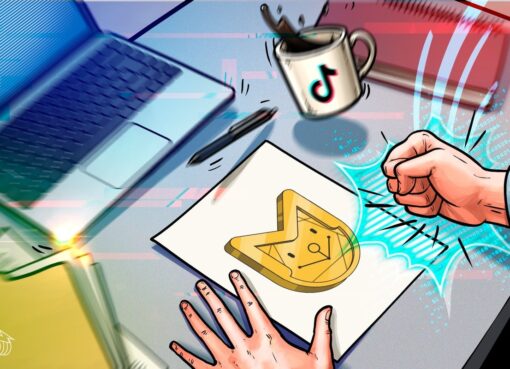On Friday, Ethereum’s Beacon chain encountered yet another bout of transaction finality challenges, reminiscent of the glitch experienced on May 11, 2023. For over an hour, the blockchain stopped the process of finalizing blocks. However, Superphiz, an Ethereum developer, emphasized that despite this setback, “No transactions were halted” and the incident had “zero impact on chain activity.”
Developers Insist Ethereum’s Transaction Finality Glitch Is Now Patched
In a span of two consecutive days, the Ethereum blockchain encountered transaction finality challenges, commencing on May 11, 2023, and recurring on May 12. Although the initial incident lasted a mere 25 minutes, the glitch on Friday persisted for over an hour. The exact cause of these halts remains uncertain, although speculation arose regarding potential complications related to staking clients and MEV glitches. In spite of the dual setbacks encountered by the Beacon chain, Superphiz, the Beacon Chain community health consultant, reassured that the repercussions were minimal.
“No transactions were halted,” the developer tweeted. “The network continued as expected. While the chain did not halt, this is more technical, finalization wasn’t reached. Finalization is a novel concept in Ethereum that prevents chain re-orgs. This had zero impact on chain activity.”
On May 13, Superphiz provided an update, expressing optimism about leaving the finality issue in the past. He noted that the Ethereum developers behind Teku and Prysm have implemented solutions to address the attestation flooding. “This is one step on our diversity and decentralization journey, let’s learn from it and move forward with greater purpose,” Superphiz added. Additionally, the Beacon Chain community health consultant also shared an update from the Ethereum Foundation.
“On May 11th and 12th, the Beacon chain experienced two separate occasions where finality was unable to be reached for 3 and 8 epochs,” the Ethereum Foundation update details. “This appears to have been caused by [a] high load on some of the consensus layer clients, which in turn was caused by an exceptional scenario. Although the network was unable to finalize, the network was, as designed, live and end users were able to transact on the network.”
The Ethereum Foundation added:
This was made possible due to client diversity as not all client implementations were affected by this exceptional scenario.
The foundation further clarified that a thorough investigation into the root cause is currently underway. Additionally, they revealed that the optimizations implemented by Teku and Prysm are expected to effectively prevent any future occurrences of the finality issues, ensuring a more stable network moving forward.
What are your thoughts on Ethereum’s transaction finality challenges and the resolve to fix the recent glitch? Share your thoughts about this subject in the comments section below.
Image Credits: Shutterstock, Pixabay, Wiki Commons
Disclaimer: This article is for informational purposes only. It is not a direct offer or solicitation of an offer to buy or sell, or a recommendation or endorsement of any products, services, or companies. Cryptox.trade does not provide investment, tax, legal, or accounting advice. Neither the company nor the author is responsible, directly or indirectly, for any damage or loss caused or alleged to be caused by or in connection with the use of or reliance on any content, goods or services mentioned in this article.




